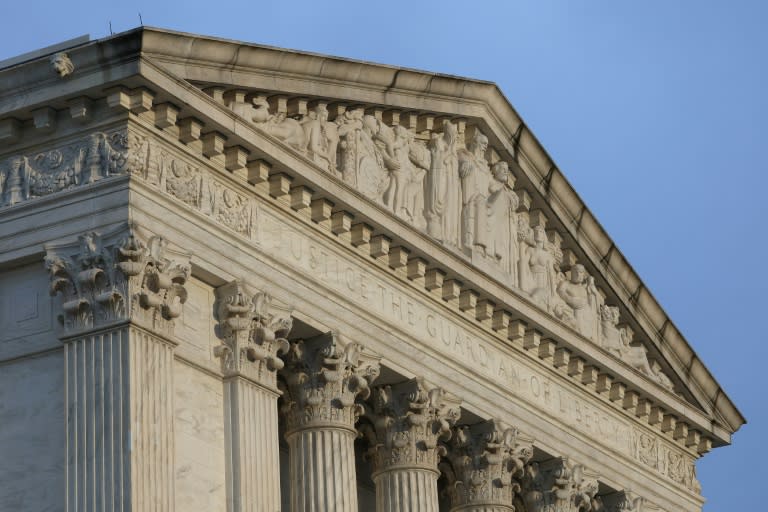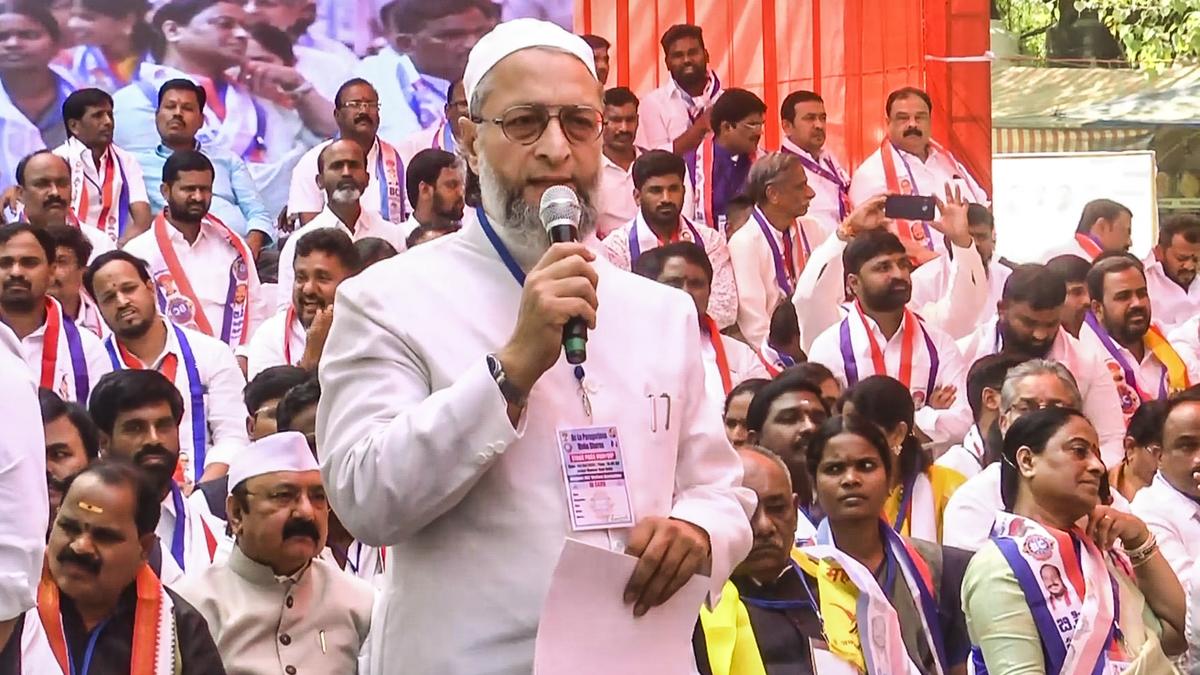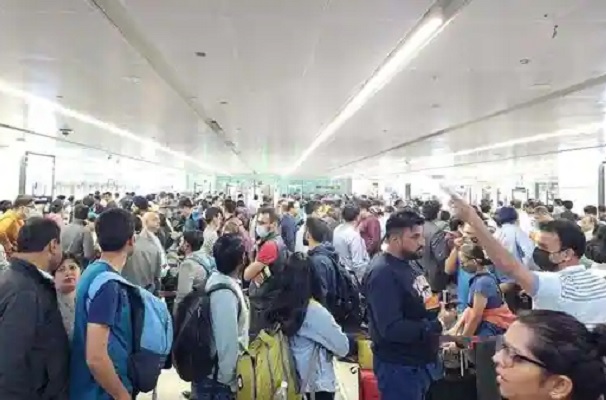SLBC tunnel rescue operation ends after 58 days without a trace of missing six
Tue 22 Apr 2025, 01:09:49
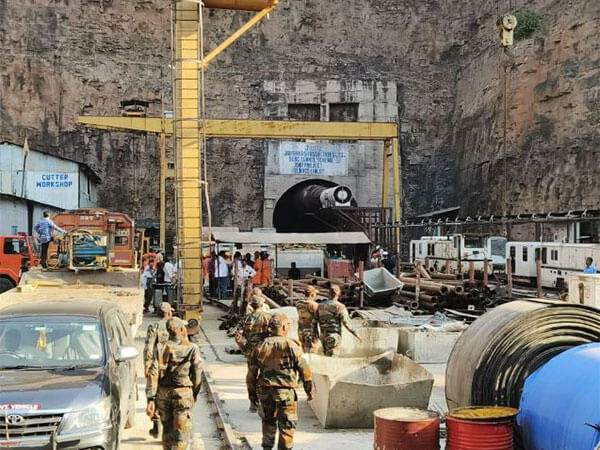
After 58 days of continuous rescue efforts, the operation at the Srisailam Left Bank Canal (SLBC) tunnel has come to a close. Despite the tireless work of 12 specialised agencies, the mission is wrapping up without locating the six missing workers who were trapped after the tunnel roof collapsed on February 22.
The disaster abruptly halted work and triggered one of the longest rescue operations in recent history. The future course of action is expected to be determined in a high-level meeting once Chief Minister Revanth Reddy returns from his official tour of Japan.
The 12-member technical committee, which has been overseeing the rescue efforts, had planned to present its findings and recommendations to the Chief Minister and key cabinet officials. One of the critical decisions to be made is whether to attempt excavation of the 43-meter collapsed section, which remains untouched.
Rescue teams have sealed off access to the disaster site, marking it as a prohibited zone due to safety concerns. Experts suggest that attempting to excavate this section might help recover the
bodies of the missing workers. However, the area remains highly unstable, with large volumes of water still seeping into the tunnel.
bodies of the missing workers. However, the area remains highly unstable, with large volumes of water still seeping into the tunnel.
Any further digging poses the risk of sudden collapse, potentially endangering the lives of rescuers. Despite exhaustive efforts, only two bodies were successfully retrieved during the operation. The body of Gurpreet Singh was retrieved on March 9, followed by project engineer Manoj Kumar on March 22.
Rescue teams managed to clear over 300 meters of debris, including mud, rocks, and parts of the tunnel boring machine. The remaining 43-meter stretch has been identified as a danger zone, preventing further excavation.
As the operation comes to an end, authorities now await the final decision from the technical committee. Officials have proposed strengthening the existing natural tunnel structure for now rather than disturbing it further until the work on the tunnel boring resumes. Given the extreme risks involved, retrieving the remaining workers or reopening the tunnel for further work can only be considered after thorough safety evaluations.
No Comments For This Post, Be first to write a Comment.
Most viewed from Hyderabad
Most viewed from World
AIMIM News
Latest Urdu News
Most Viewed
May 26, 2020
Do you think Canada-India relations will improve under New PM Mark Carney?
Latest Videos View All
Like Us
Home
About Us
Advertise With Us
All Polls
Epaper Archives
Privacy Policy
Contact Us
Download Etemaad App
© 2025 Etemaad Daily News, All Rights Reserved.


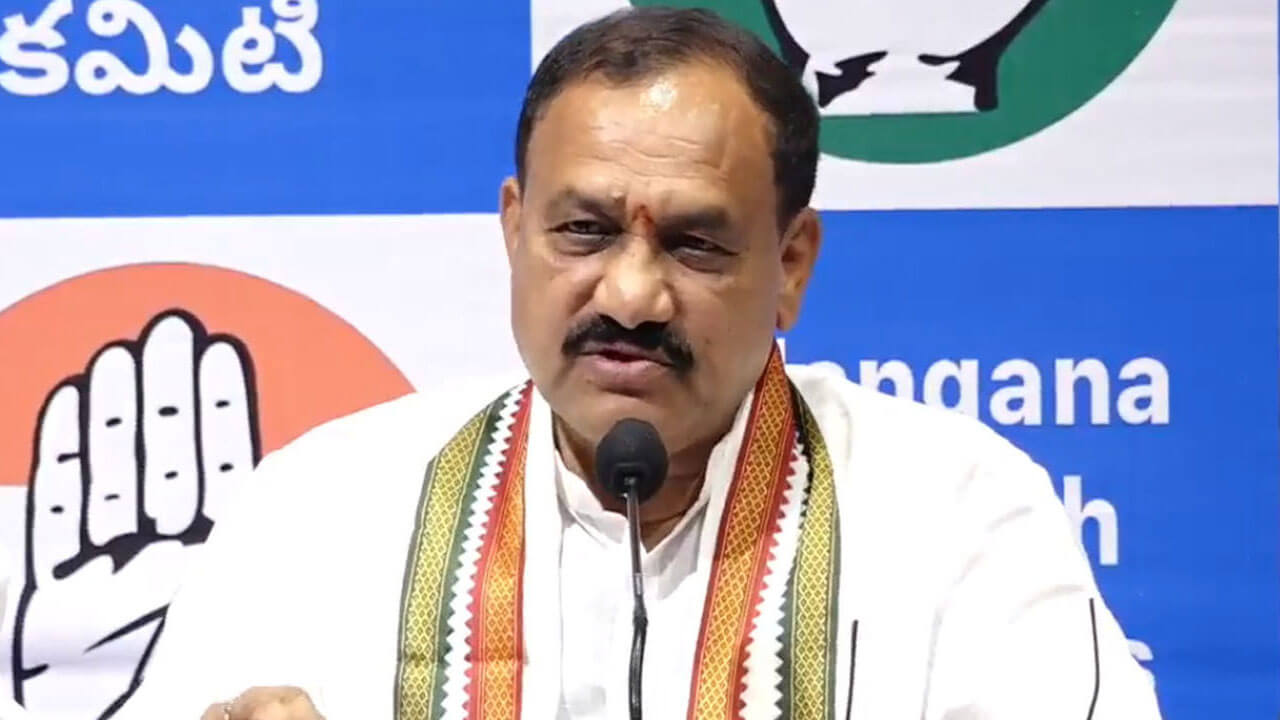

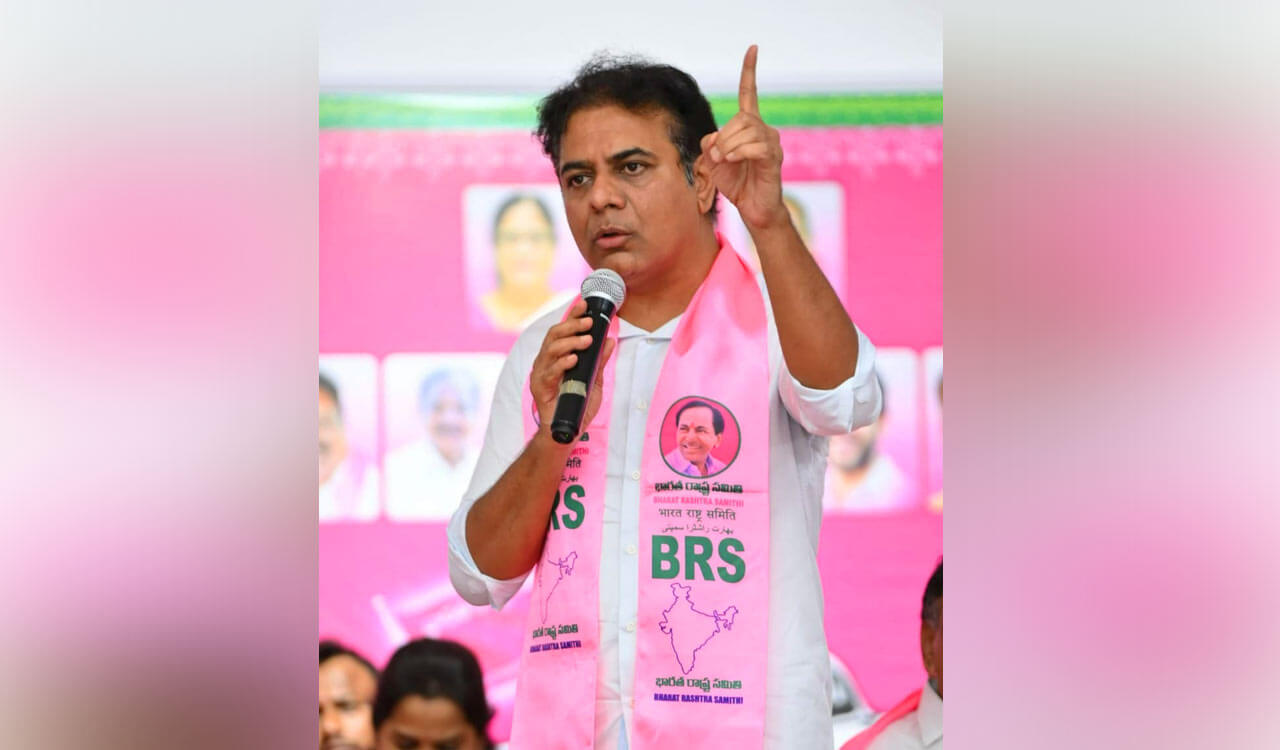
.jpg)
.jpg)
.jpg)
.jpg)
.jpg)

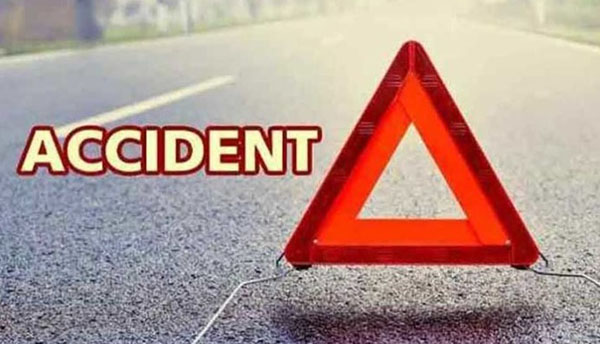




.jpg)
.jpg)
.jpg)
.jpg)




